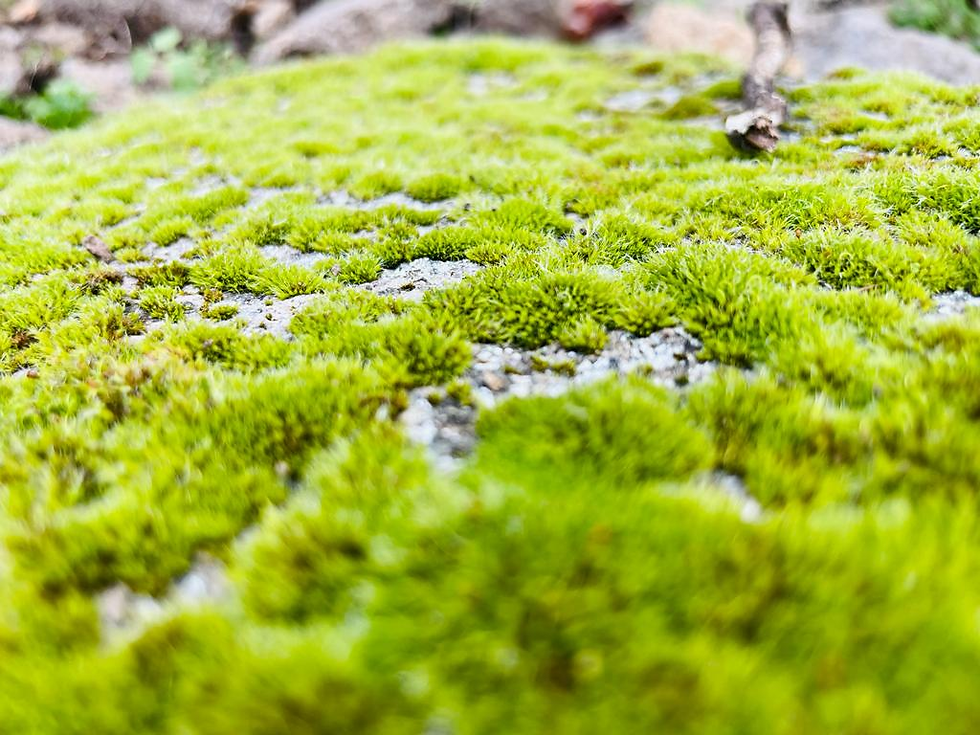The discovery of DNA, advances in biotechnology, technological and scientific developments enable human to become stronger every day and to dominate nature and other species. The approach in which we try to dominate nature and believe that human is superior to everything creates a situation where we ignore the way nature maintains itself. This state of ignorance only makes it difficult for humanity to survive on earth. It is important for all species to live equally and in cooperation for humanity to live in a healthy and sustainable environment.
Therefore, it is important for humanity to shape its socio-political and cultural structure based on egalitarian perspective rather than the understanding in which humans use other living and non-living species as instruments because there is no discrimination between species in nature and those who break the balance in nature cannot survive and “a difference can only be made when the entanglement of humans with all the living and nonliving others is fully recognized. As Donna Haraway mentioned with the concept of nature-culture, humans can only progress in cooperation with other species by using the scientific knowledge and technological tools at their disposal.

Posthumanist theory points a door that opens beyond being human. So, is it possible for humanity to step back and look at how its technological tools will help it communicate and collaborate with nature and other species? How can posthumanist art help achieve the collaboration between human, technology and nature? How does the concept of embodiment become useful in the context of emerging technologies in revealing this interaction and cooperation?



In nature, organic and inorganic structures, living and non-living beings, relate to the things that surround them through their bodies. This way of establishing a relationship (or embodiment) occurs biologically in the body through the complex relationships of microstructures. For example, the electrical activity resulting from the exchange of substances and chemical reactions between neurons determines how we perceive the world and how we relate to the things that surround us.
When we move from NBIC technologies (digital data processing systems are also a part of these technologies) to the world of virtual reality, we see that DNA and all those biological processes and chemical reactions have been replaced by the binary system. The proteins in DNA begin to be replaced by cascading zeros and ones, and the fabric of the digital world is knitted with this digital material. Just like NBIC, different realities produced using "digital materials" define both a new world of perception and, in fact, a different embodiment for all species integrated into these new alternative realities.
The discovery of the structure and sequence of DNA revealed important information about life. In the light of this information, we now have knowledge of the hereditary characteristics of living things, the evolution process, and how they shape their physical and mental development and transformation.
The body is no longer an instrument, on the contrary, the body of any “thing” is exactly that “thing” itself. It is the main resource for adaptation and interaction. Therefore, all this information takes place as the main source in the construction of digital worlds. This means that all organic and inorganic structures can be digitized. Thus, this information can be used when interacting with alternative realities with NBIC technologies and creating their own worlds and species of these alternative realities.
Collective Embodiment
//Collective~ Body{?}:
It is all over the place,
on every single body
=growing,
it has SUB-consciousness.
it is breathing:
inhaling and exhaling...
and sometimes whispering.
Moving inside of the water and slowly going ashore.
//EVOLVING with its bits and bytes.
as it moves.
as it evolves it touches the skin\\
it grows on the skin
and under skin
and within the skin. Creature 1
Creature 2
Creature 3
As a result, developments in both NBIC and virtual reality technologies transform both the relationship with the environment and the interaction between species within the concept of embodiment. On the other hand, the field emerging at the intersection of these two fields offers a completely different field of experience where all living and non-living species can transform by these technologies and discover new ways of embodiment, new ontological qualities, forms of interaction and communication.
This hybrid space can emerge as a multi-dimensional and multi-layered state of hyper-reality and can be defined as a space that produces its own reality, where it no longer matters what is virtual and what is actual. The embodiment that arises in this field is completely based on “here and now” and experiences and discoveries in this state of "here and now" reveal a playful and artistic thought, space and production. This artistic playground is defined and exists by networks and relationships between the living and non-living, actual and virtual, and nature and technology. To construct this non-dualistic, fluid, permeable and undefined space, it is important to leaving aside “the human” point of view and perhaps move on to the nature-culture concept and make biosemiotics a part of the perspective.
PROCESS:



Comments